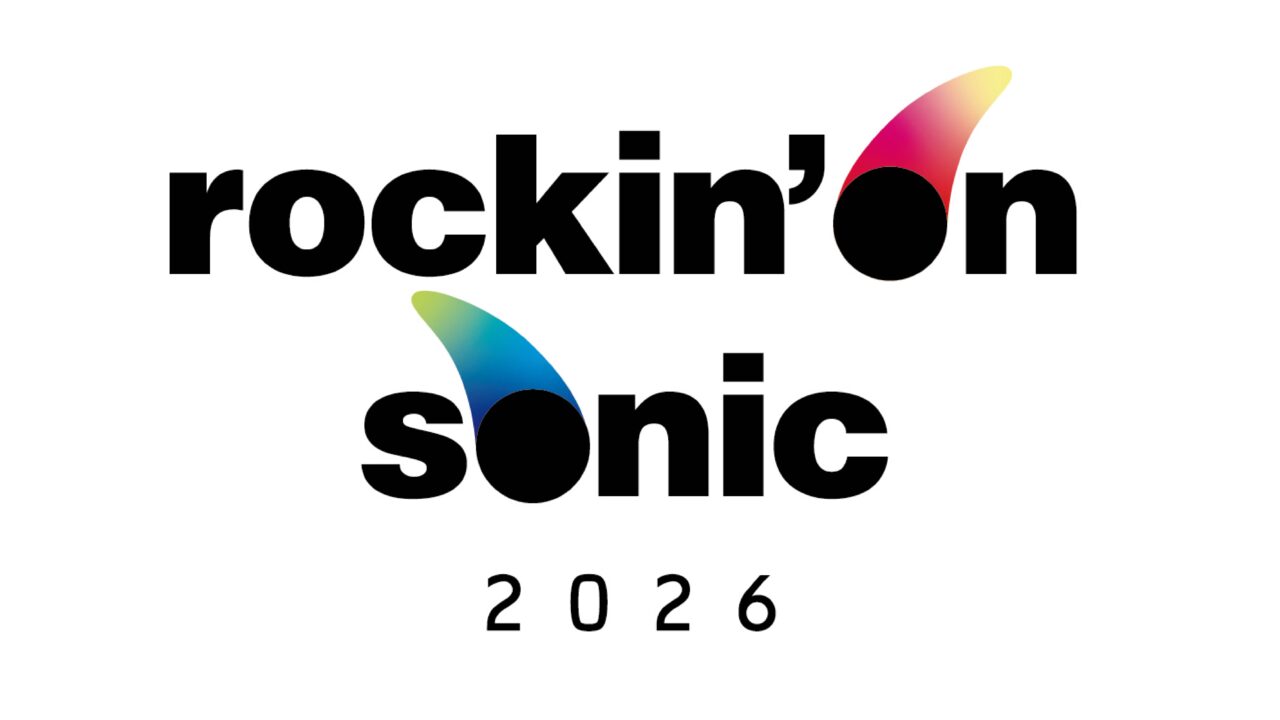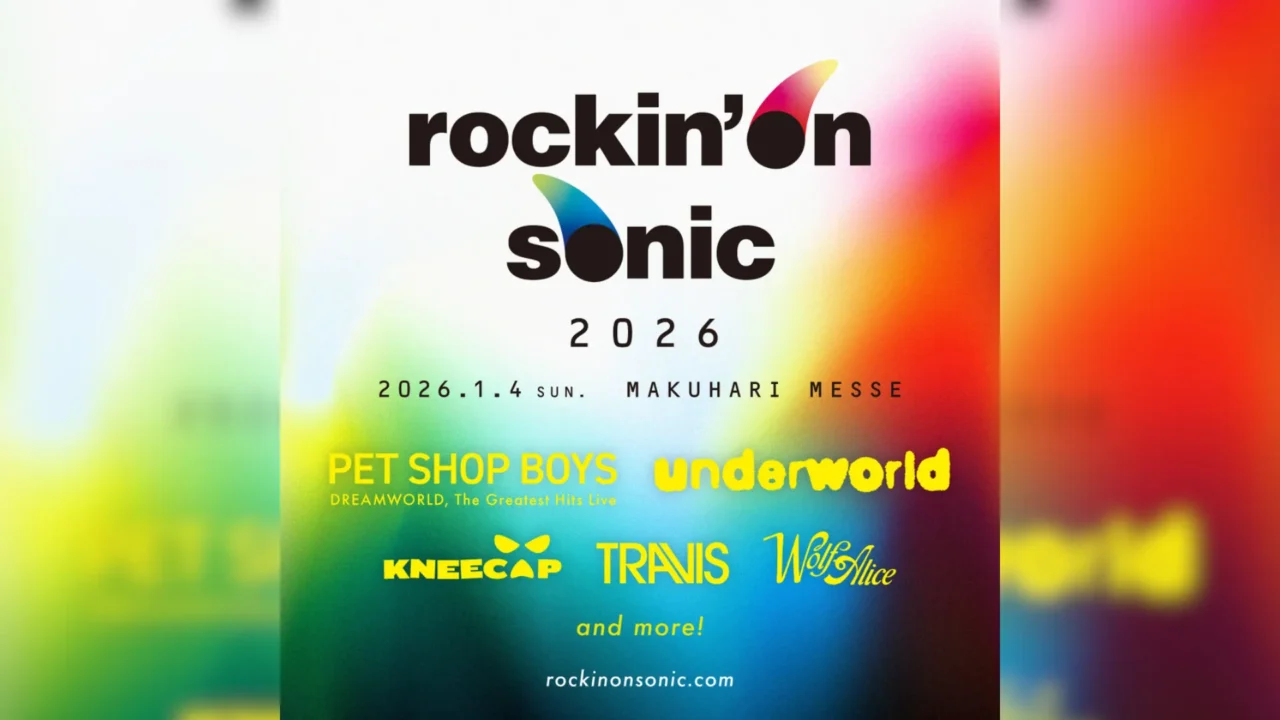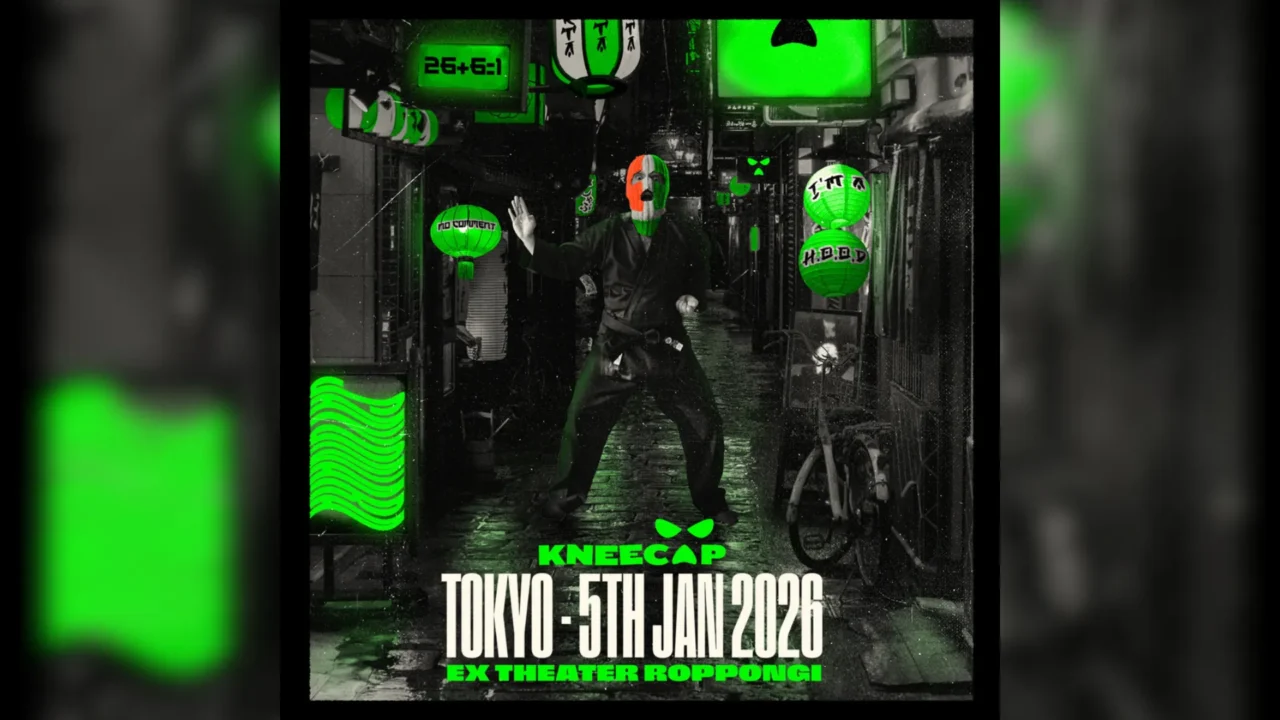INDEX
Well-crafted sound design that resonates with the body
What prevents the music of the past from being used only as an “imitation of the past” in this film is, first and foremost, a keen sense of the various manipulations and effects of sound design. I encourage you to view the film from this perspective, paying close attention to the skills of sound designer Jovan Eidel. The realistic spatiality of the sound in each scene where the party hit song mentioned above is played as background music, and the subtle changes in the sound image in response to other sounds, camera work (movement of the viewer’s perspective), and editing, corresponds well with our physical reality, i.e., our physical senses that perceive music that is (or was) playing in space. The subtle changes in other sounds and camera work (perspective movement) in response to the editing are in harmony with our physical senses that perceive the physical reality of the music that is (was) playing in the space.

The use of Blur’s “Tender” in the film, for example, is another example of the power of sound design to support (along with the images) the merging of these physical sensations into the present “I”. How can the “past” be brought into the present through the manipulation of sound textures, volume, layers, etc. in a film? (In this sense, the original ambient score by Oliver Coates, a master of modern classical music, is also very effective.)
























